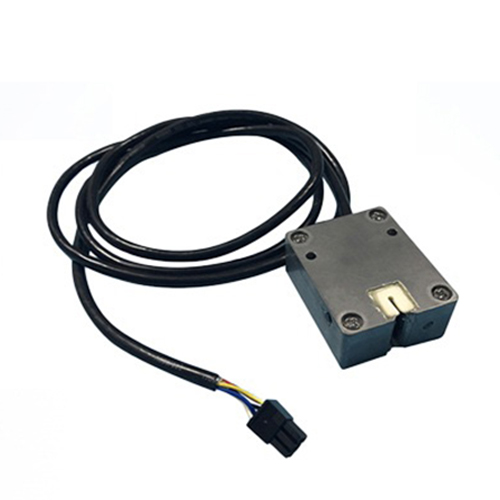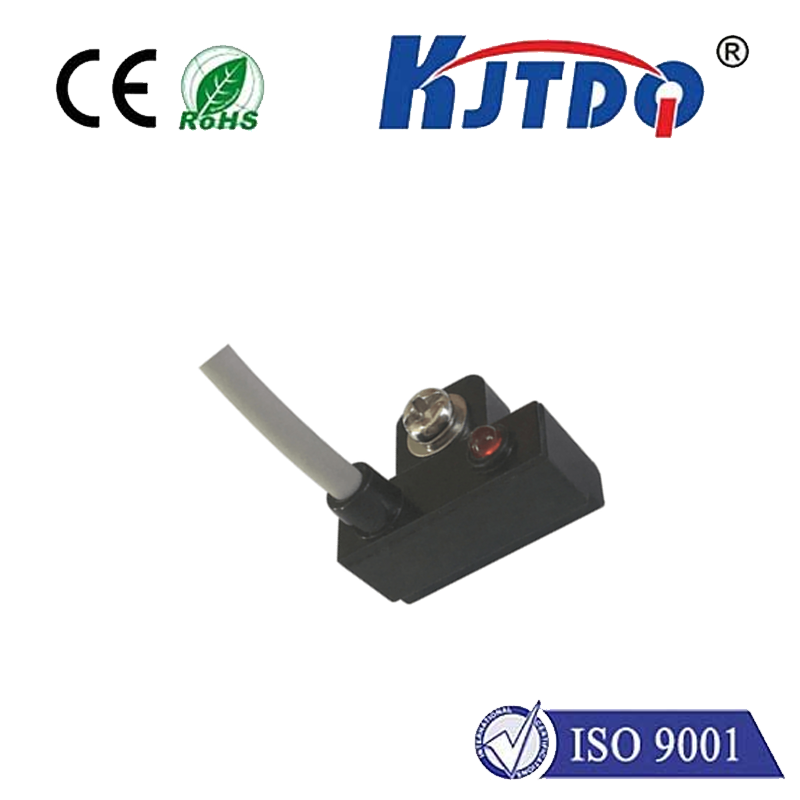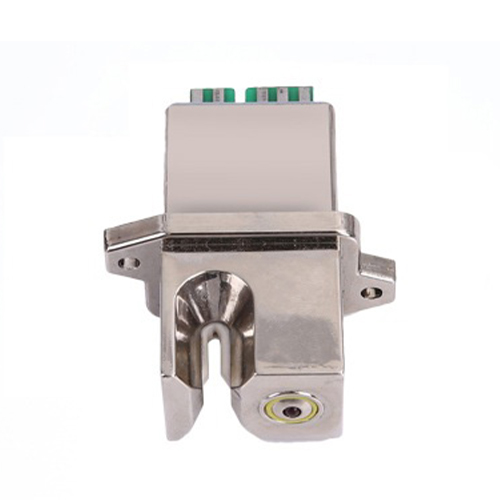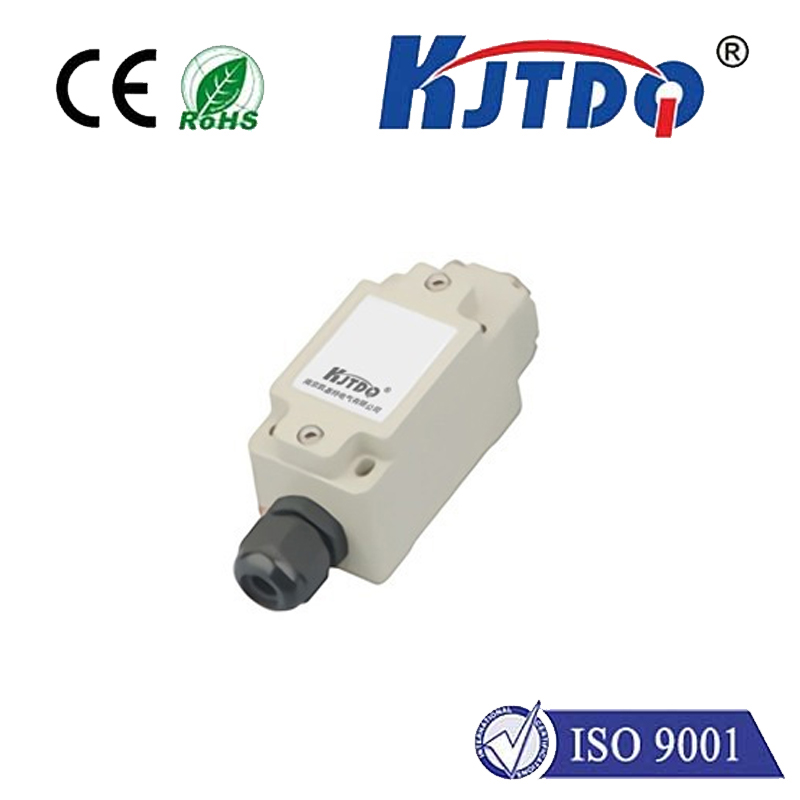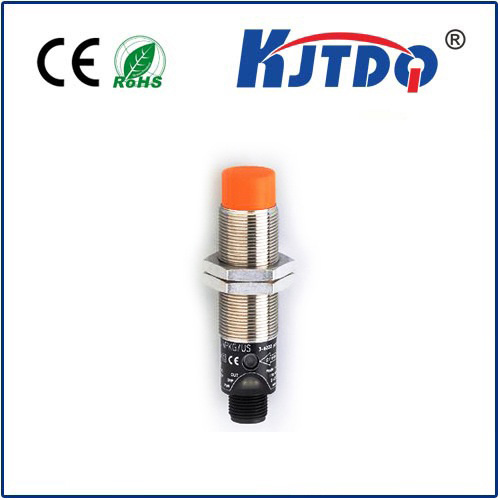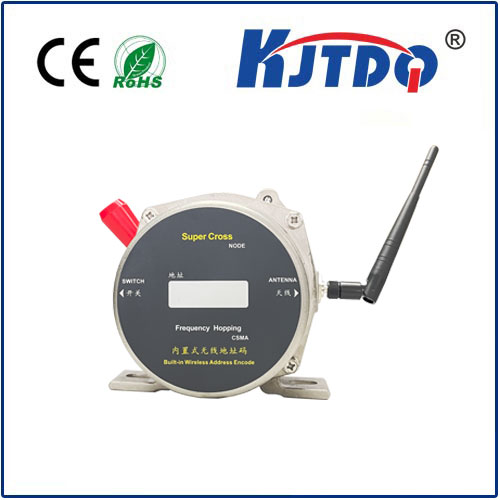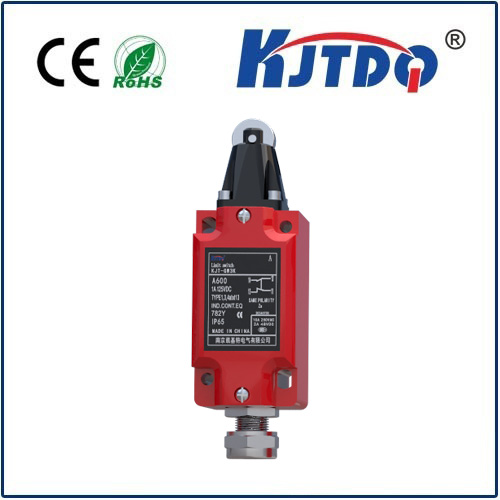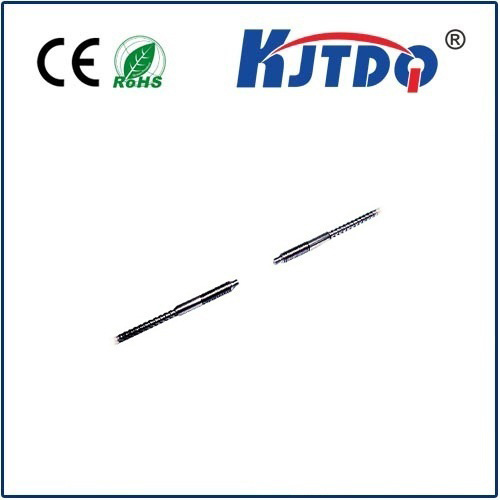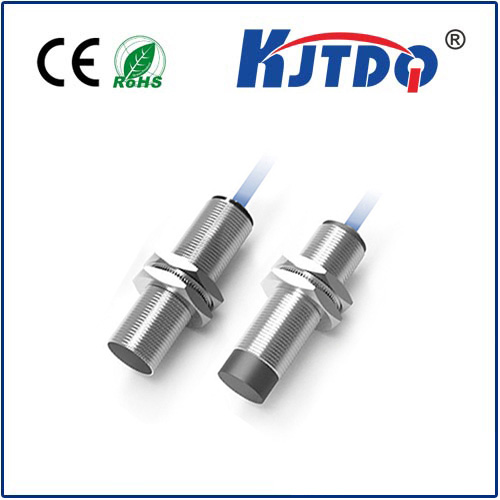

check

check

check

check

check

check

check

check

check

check
Industrial level sensors can be divided into two categories - point level measurement and continuous level measurement
1. Point liquid level measurement: capacitance, photoelectricity, conductivity, vibration, float switch
2. Continuous liquid level measurement: ultrasonic, radar
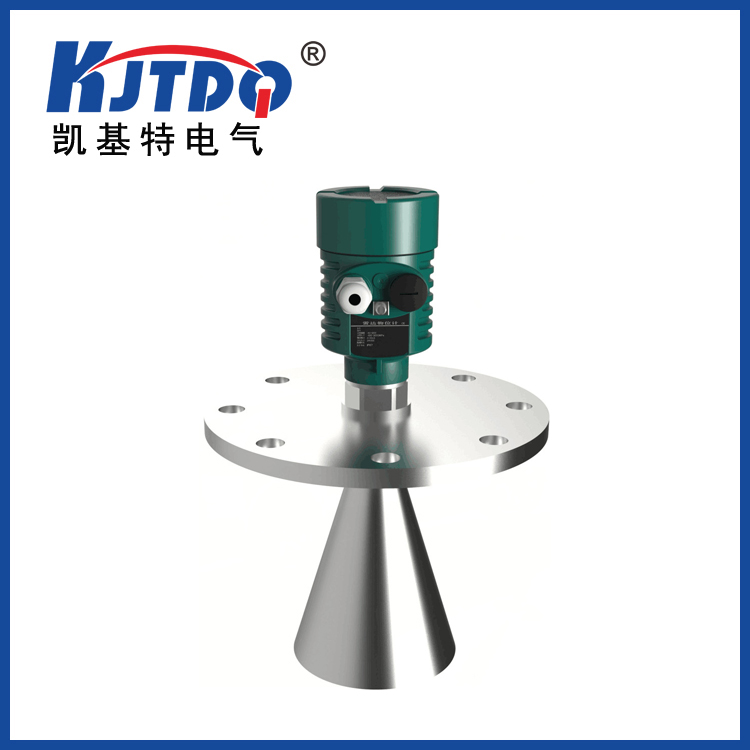
Radar level sensors are an advanced technology commonly used to measure liquid levels. It is based on the principle of radar and determines the distance between the liquid surface and the sensor by transmitting and receiving microwave signals. This technology is widely used in industry, especially in many situations where accurate and reliable measurements are required.
The working principle of a radar level sensor is very simple. When a transmitted microwave signal encounters a liquid surface, part of the signal is reflected back to the sensor. By measuring the time it takes from transmission to reception, the distance between the liquid level and the sensor can be calculated. By continuously making measurements and calculations, the level of the liquid can be monitored and displayed in real time.
Advantages of radar level sensor:
1. It has a wide measurement range and can be applied to liquids of different types and states, including corrosive liquids and high-temperature liquids.
2. It has high accuracy and can achieve highly accurate measurement results.
In the industrial sector, radar level sensors have many applications. For example, in the oil and gas industry, they are used to monitor liquid levels in storage tanks to ensure safe and smooth production processes. In the chemical industry, radar level sensors are widely used to measure the levels of various chemicals to ensure the control of process processes. Additionally, they are used in areas such as water treatment and environmental monitoring.
